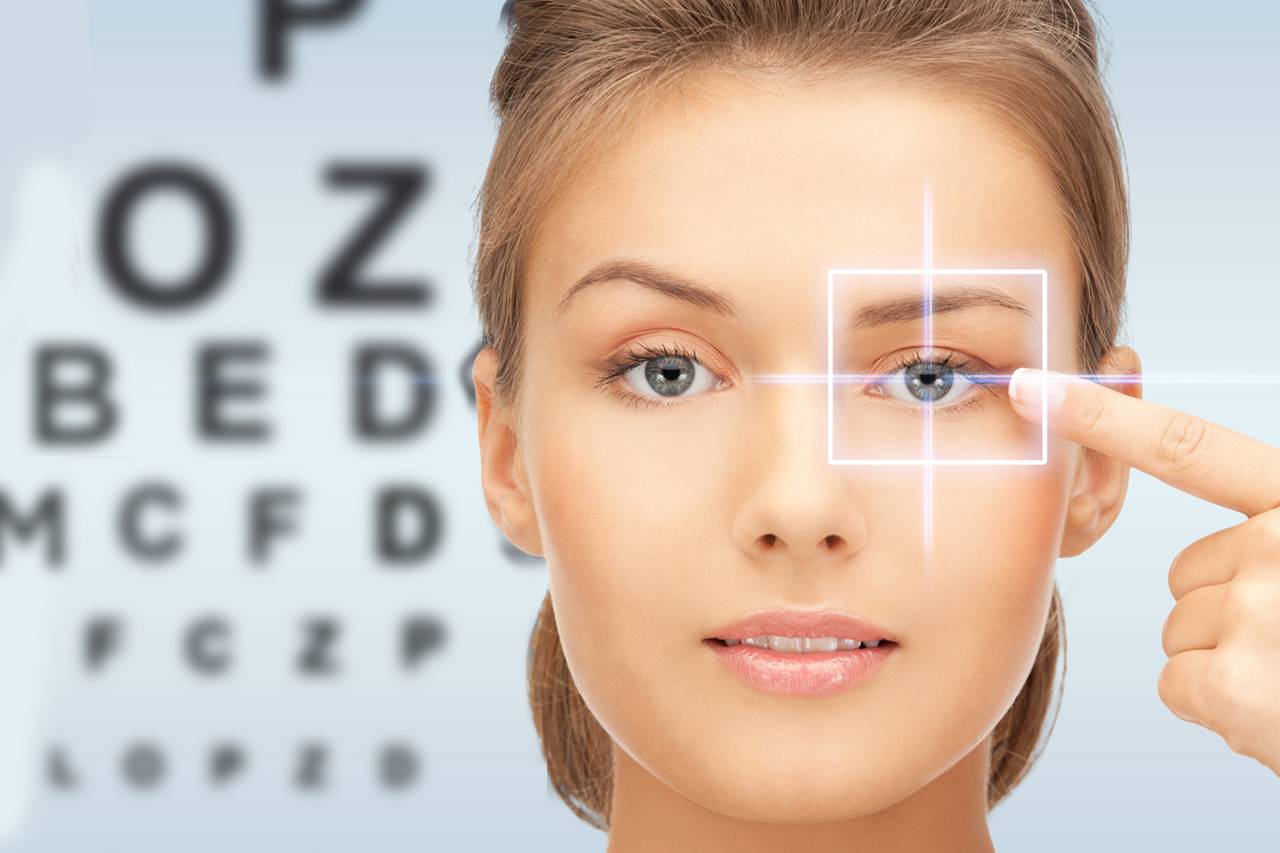Explore Retina Services Near Me: Advanced Care for Eye Health
Wiki Article
Whatever You Need to Understand About the most recent Technologies in Glaucoma Treatment and Eyecare
In the world of ocular wellness, improvements in the treatment and monitoring of glaucoma have actually been progressively advancing, leading the method for improved client treatment and outcomes. From innovative diagnostic tools that use unmatched insights into the condition progression to innovative surgical strategies that guarantee higher precision and quicker recuperation times, the landscape of glaucoma therapy is going through a significant makeover.
Advanced Diagnostic Technologies
Advanced analysis innovations play an important role in the very early discovery and surveillance of glaucoma, allowing for a lot more effective therapy and administration of the problem. Amongst these modern technologies, optical coherence tomography (OCT) stands apart as a non-invasive imaging strategy that offers comprehensive cross-sectional pictures of the retina, optic nerve head, and retinal nerve fiber layer. This high-resolution imaging assists clinicians analyze architectural adjustments in the eye triggered by glaucoma, allowing them to step in without delay.In addition, visual area testing, such as automated perimetry, is another crucial diagnostic tool for examining glaucoma-related vision loss - cataract care service. This examination measures the sensitivity of an individual's visual field, helping to identify any type of locations of vision loss or distortion. By combining OCT imaging with visual field screening, medical care suppliers can acquire a thorough understanding of the condition's progression and tailor treatment intends appropriately
Minimally Invasive Operation
In the realm of glaucoma monitoring, the focus moves towards minimally intrusive procedures as a positive strategy to deal with the development of the condition following innovative diagnostic evaluations such as optical comprehensibility tomography (OCT) and aesthetic area screening. Minimally intrusive glaucoma surgical treatments (MIGS) have actually acquired appeal as a result of their efficiency in decreasing intraocular stress while lessening the dangers and recovery times linked with standard glaucoma surgical treatments. These treatments are typically executed through tiny cuts, usually combined with cataract surgical treatment, making them much less intrusive and much more comfy for individuals.Some usual MIGS procedures consist of trabecular micro-bypass stents, which improve the outflow of liquid humor, and micro-sized implants that boost water drainage in the eye. Additionally, laser treatments such as discerning laser trabeculoplasty (SLT) use a non-invasive choice for decreasing intraocular stress. By including these minimally intrusive techniques into glaucoma administration, eye doctors can offer individuals with efficient treatment alternatives that focus on safety and security and fast recuperation, eventually improving lasting results for people with glaucoma.
Unique Drug Therapies
Emerging medication treatments present encouraging methods for enhancing the medicinal management of glaucoma, offering cutting-edge methods to attend to intraocular stress control and condition development. One novel drug therapy that has garnered interest is Rho kinase inhibitors.
Telemedicine and Remote Tracking
With the development of unique medicine therapies broadening the therapy landscape for glaucoma, the combination of telemedicine and remote surveillance arises as a crucial element in boosting person care and disease management. Telemedicine allows eye treatment experts to from another location evaluate people, supply appointments, and display condition development without the demand for in-person visits. This is particularly advantageous for glaucoma patients who call for frequent surveillance to prevent vision loss. Remote surveillance modern technologies allow individuals to measure their intraocular stress or visual area in your home, permitting prompt modifications to therapy strategies. By using telemedicine and remote surveillance, medical care providers can enhance access to care, enhance individual conformity, and identify possible issues early, resulting in much better end results for individuals with glaucoma. Additionally, these innovations supply convenience for patients, specifically those in remote areas or with flexibility limitations, by decreasing the requirement for constant clinic visits. Welcoming telemedicine and remote monitoring in glaucoma administration stands for a substantial improvement in maximizing patient care and treatment efficacy.
Personalized Treatment Strategies
Progressing past standard one-size-fits-all methods, individualized therapy methods tailored to individual client qualities are changing the monitoring address of glaucoma. By tailoring treatment strategies based upon elements such as age, condition intensity, way of life, and other health and wellness conditions, eye doctors can optimize results and boost patient contentment.Customized therapy methods in glaucoma involve a comprehensive assessment of each person's special profile. This may consist of genetic screening to identify details risk elements, imaging methods to evaluate structural adjustments in the eye, and practical tests to review aesthetic area loss. By integrating these individualized understandings, healthcare service providers can establish targeted treatments that deal with the underlying sources of glaucoma development for each person.
Furthermore, improvements in technology have actually enabled the development of customized treatment choices such as minimally intrusive glaucoma surgical treatments (MIGS) tailored to the individual's specific requirements - glaucoma service near me. These procedures use reliable intraocular stress control with less difficulties, enhancing the total top quality of look after glaucoma individuals. Accepting individualized therapy approaches marks a substantial paradigm shift in glaucoma administration, highlighting accuracy medicine to deliver tailored remedies for much better client end results
Conclusion
Finally, the most recent advancements in glaucoma treatment and eyecare consist of progressed diagnostic modern technologies, minimally intrusive medical treatments, unique medication therapies, telemedicine and remote monitoring, and tailored therapy techniques. These developments are transforming the way we treat and identify glaucoma, supplying more efficient and customized options for patients. By remaining updated with these developments, healthcare specialists can offer much better care and boost outcomes for people with glaucoma.
With the advancement of novel medication treatments expanding the therapy landscape for glaucoma, the integration of telemedicine and remote surveillance arises as an essential element in improving person care and disease management. glaucoma service near me. Embracing telemedicine and remote surveillance in glaucoma management represents a considerable innovation in optimizing individual care and therapy efficacy
In final thought, the newest innovations in glaucoma treatment and eyecare include advanced analysis innovations, minimally invasive medical procedures, novel medication therapies, telemedicine and remote tracking, and tailored therapy strategies.
Report this wiki page